How to Unpack and Organize After Moving
Moving into a new home is an exciting milestone, but it also comes with a lot of work.
The unpacking process can be overwhelming, especially if you’re trying to tackle it all at once.
However, with the right strategy, you can transform your new house into a comfortable, organized home with ease.
At Sold With Lyle, we want to make your transition as smooth as possible, which is why we’re sharing these practical steps to streamline your unpacking experience.
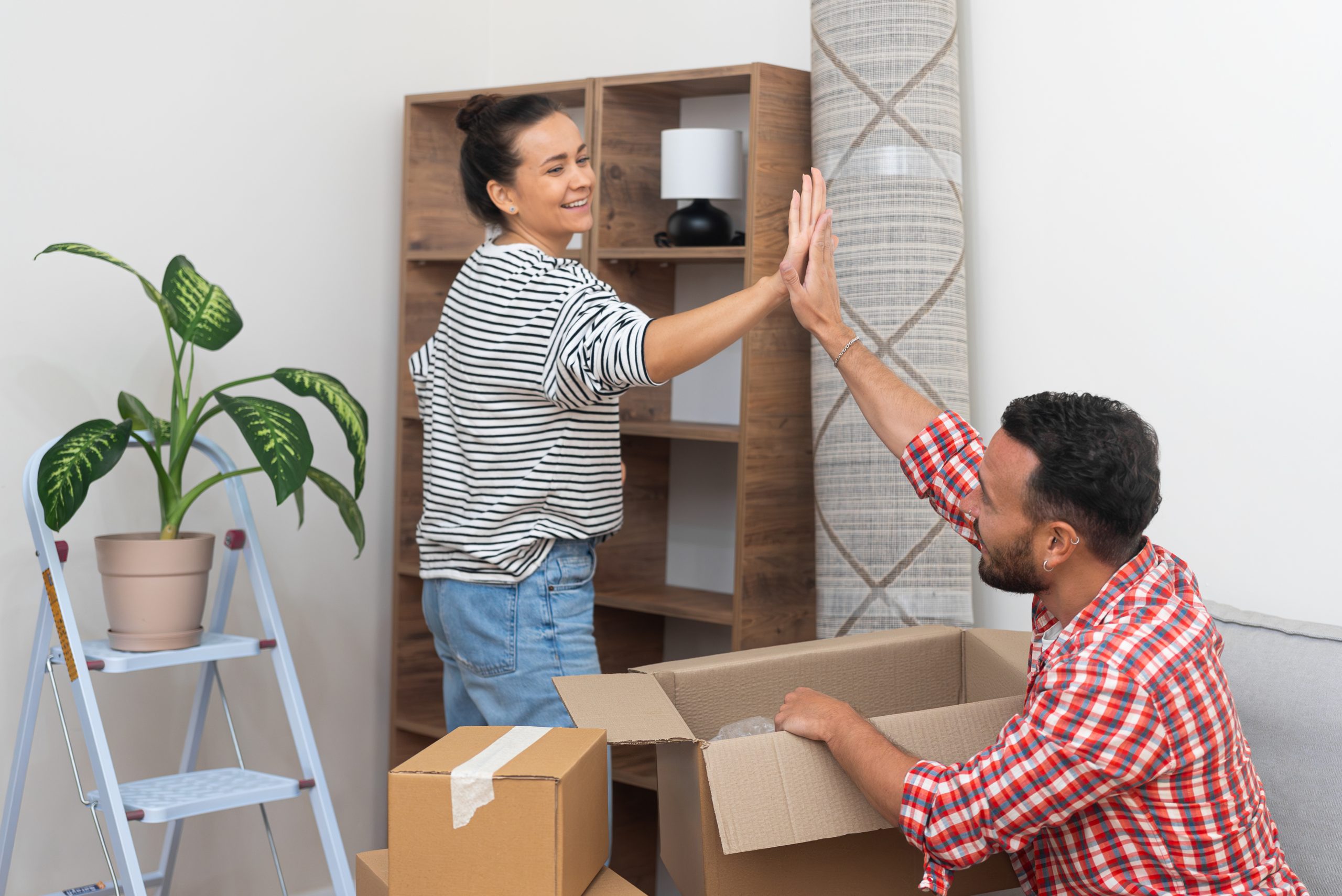
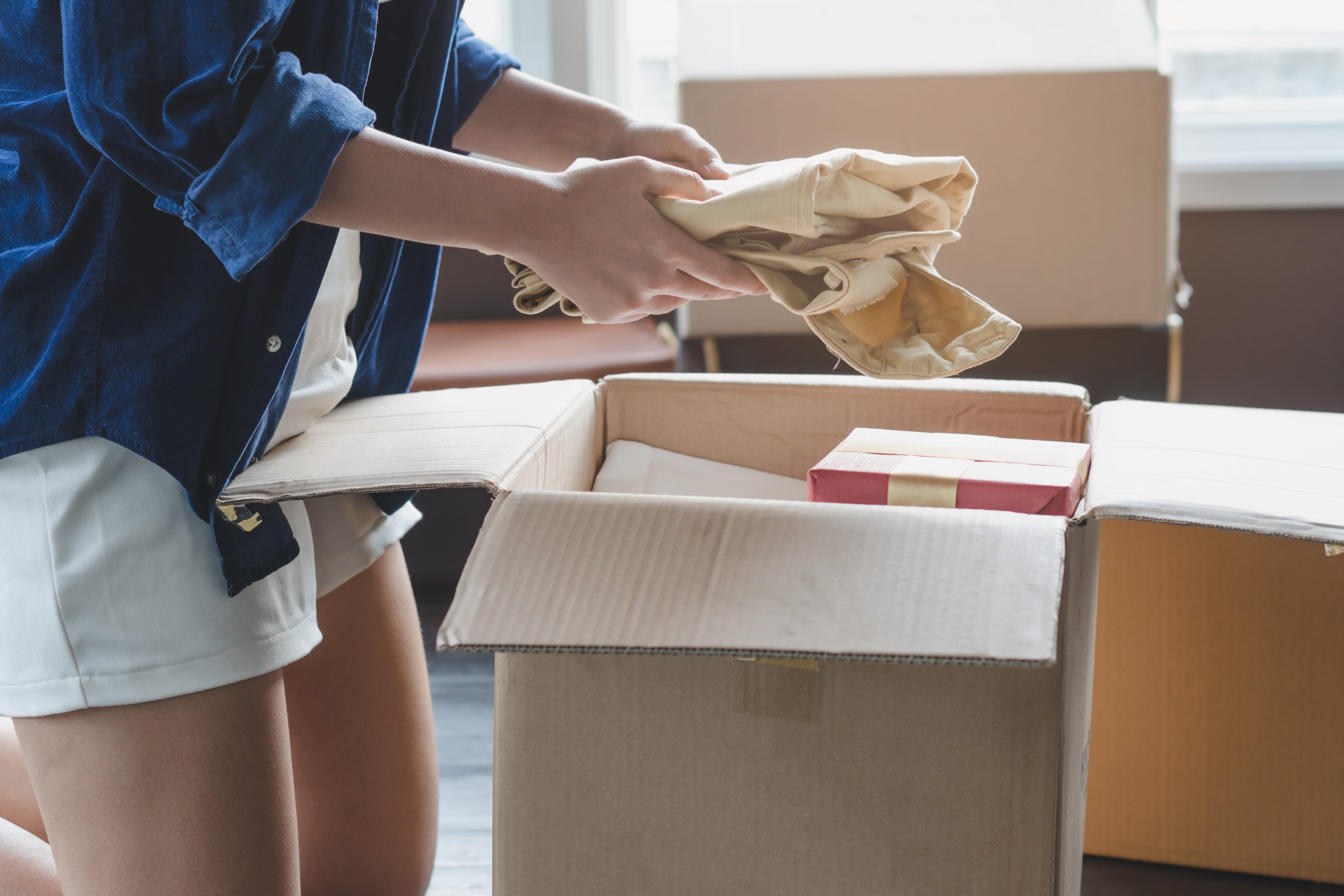
Start with the Essentials—Unpack What You Need First
The first step in the unpacking process is to set up an essentials box filled with essential items that you’ll need in the first few days.
This box should contain basic toiletries, kitchen items like a coffee maker and essential kitchen appliances, and basic food preparation tools. You’ll also want to include cleaning supplies, as you’ll likely need to wipe down surfaces before setting up.
This essentials box will provide you with everything you need for immediate comfort without rummaging through other boxes.
In addition to your essentials box, have a detailed inventory list on hand so you know exactly where everything is packed.
If you’re someone who values an organized approach, consider breaking down this list by major appliances, furniture pieces, and other crucial items for an organized start.
Unpack Room-by-Room for Maximum Efficiency
Unpacking a home can be overwhelming if you try to tackle it all at once.
Instead, create a structured unpacking plan that allows you to focus on one room at a time.
Starting with high-priority rooms like the kitchen and bedrooms will give you peace of mind and allow you to set up the spaces you’ll use most frequently. For example, unpack kitchen cabinets and set up your kitchen table and everyday dishes first, followed by bedrooms with bedside tables and essential bathroom items.
Use label boxes clearly to identify what goes in each room.
If possible, make floor-plan sketches to guide you in arranging your furniture placement. This will help you avoid disorganized spaces and ensure every room has a clear purpose and setup.
Utility spaces, like bathrooms and laundry rooms, are also essential to tackle early on, ensuring that you have access to cleaning supplies handy and functional closet space for organizing clothing items.
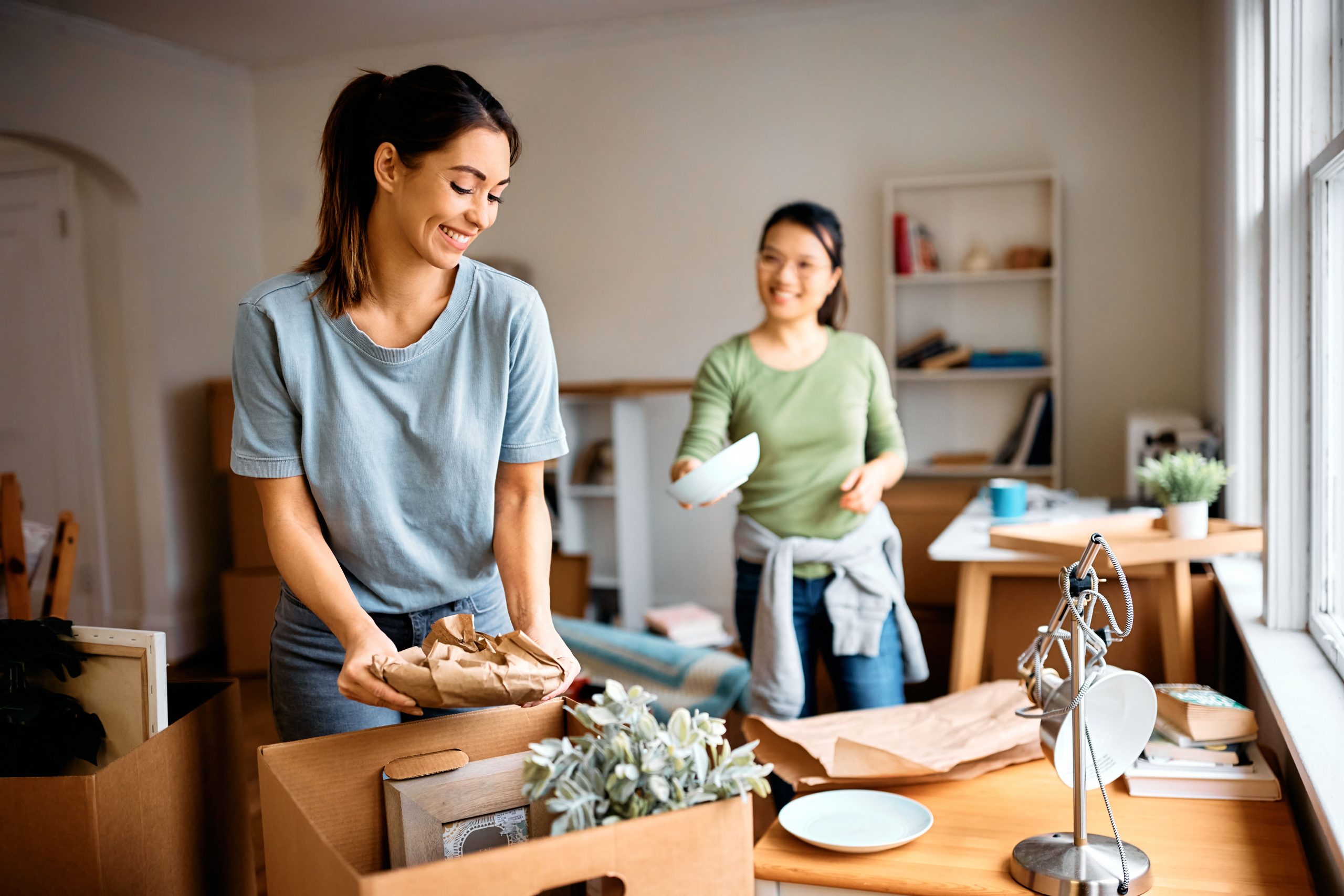
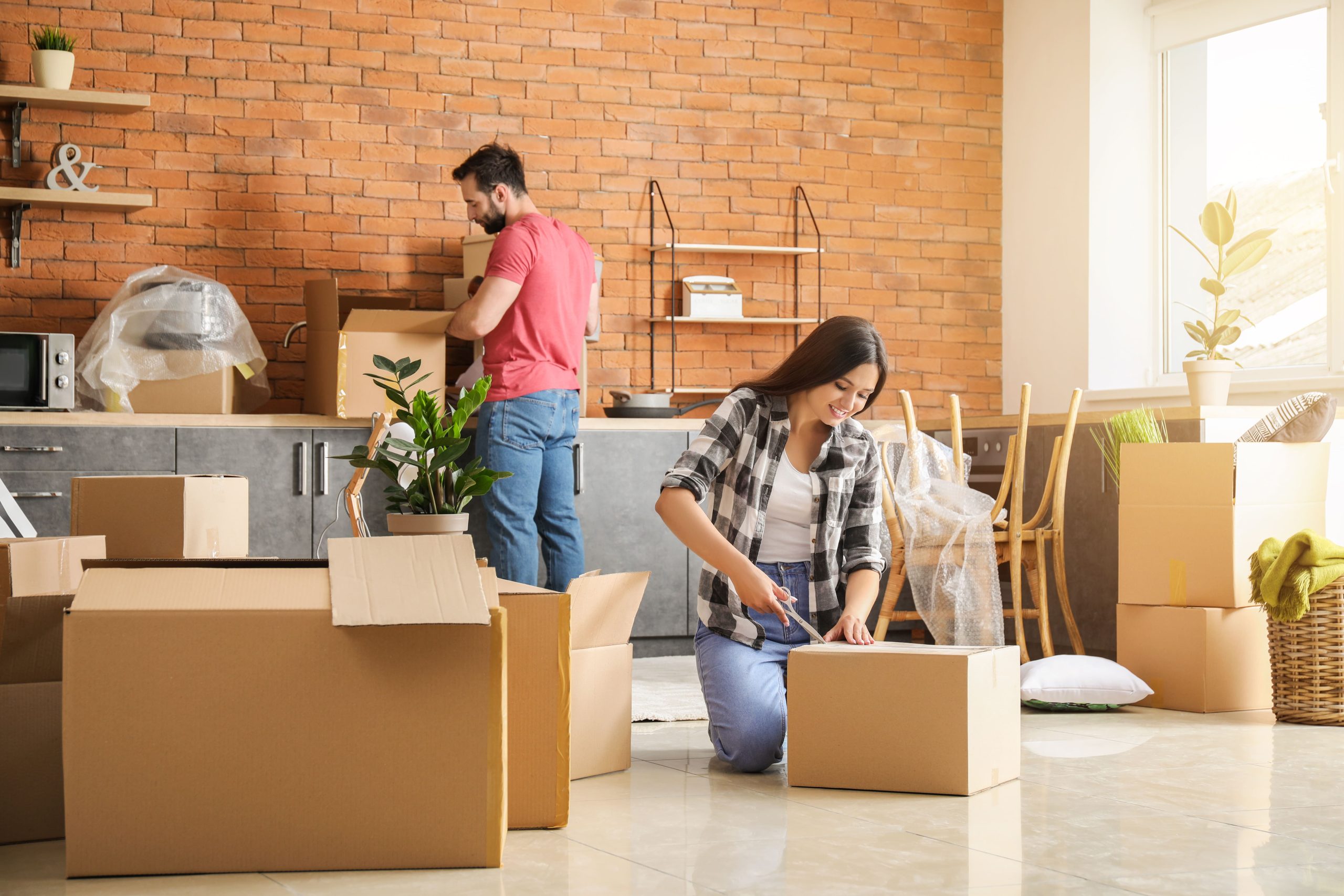
Organize As You Unpack—Avoid Future Clutter
While unpacking, focus on creating a system that will save you from reorganizing later.
For instance, you might place cabinet liners in your kitchen cabinets before arranging items.
In bathroom cabinets, use bins or dividers to prevent cabinet clutter. If you’re organizing clothes, closet organizing techniques like sticky notes or Marie Kondo folding methods can make a significant difference.
For extra organization, consider investing in storage units and bunch of storage bins for non-essential items like decorative items and seasonal clothing.
Take the time to arrange pieces of furniture thoughtfully, considering how you’ll use the space day-to-day. For example, use furniture sliders to experiment with furniture placement without scratching your floors.
Place extra space in cabinets and closets for any items you might accumulate over time. This way, you’re setting up for efficient organization in both your living spaces and storage areas.
Make It Personal—Add Decor Touches for Instant Comfort
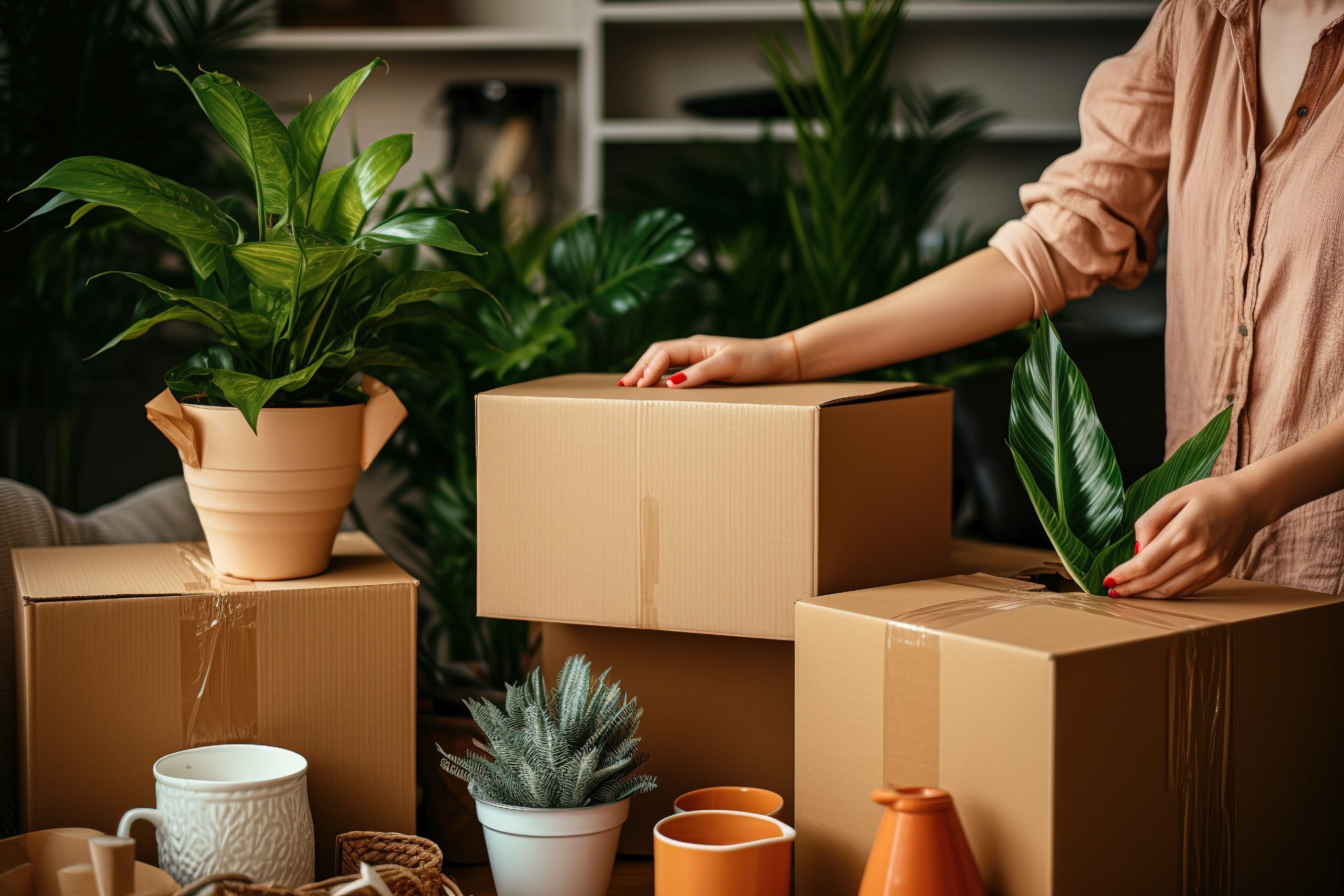
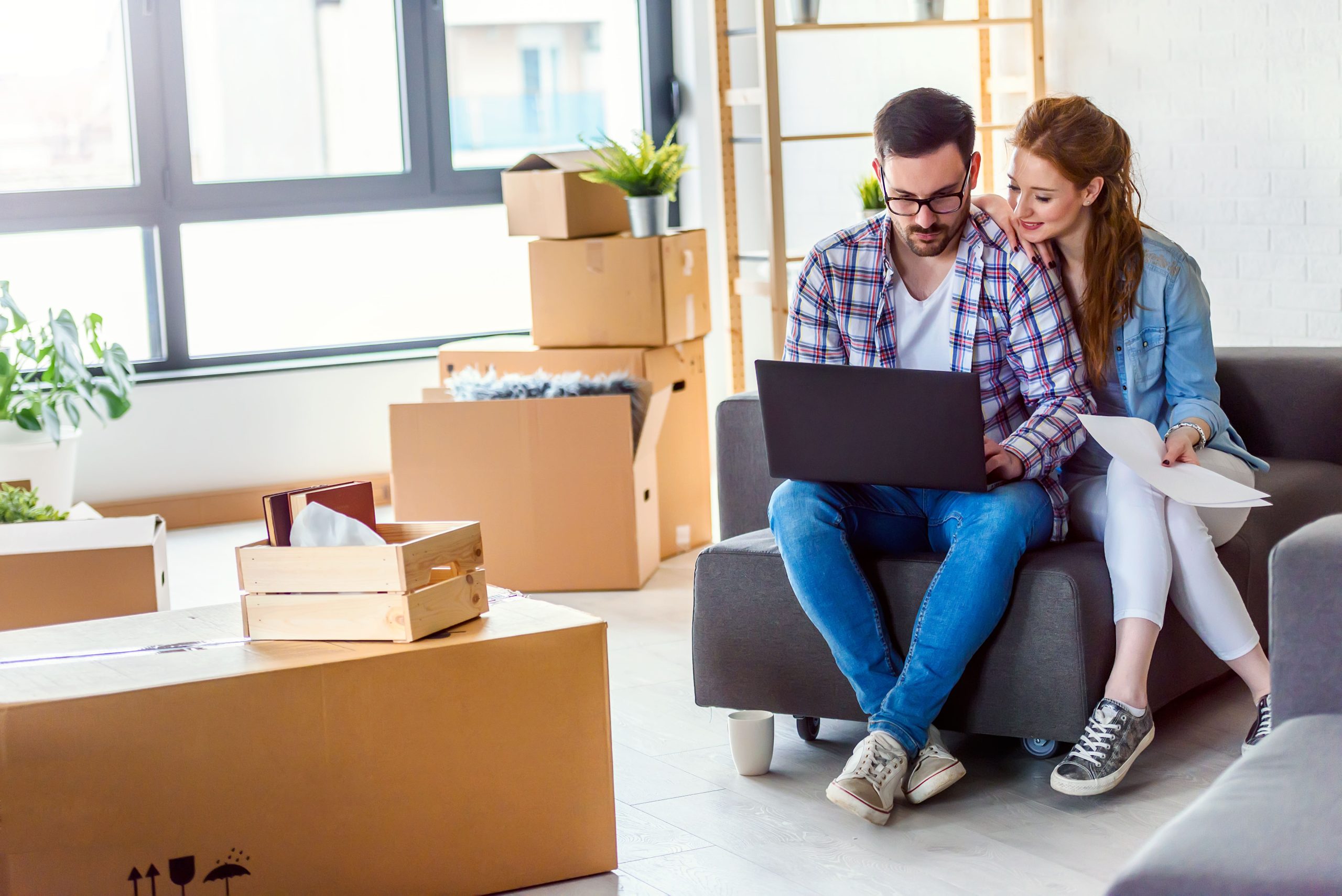
Plan Storage Solutions to Maximize Space
Tips for Unpacking Specific Rooms
Each room in your home comes with unique unpacking needs.
Here’s a breakdown of some essential areas and how to approach them for a smooth unpacking experience:
Kitchen
Set up essential kitchen appliances first, including a coffee pot, dish soap, and basic food preparation items.
Place these items in accessible spots within kitchen cabinets for easy access. Organize cabinet shelves with frequently used items at eye level and store non-essential food items and bulk items in less accessible spots.
Bedrooms
Focus on bedroom essentials like beds, pillows, and linens.
Create a cozy atmosphere with decorative items like lamps on bedside tables. Unpack clothing items and organize them in closets and drawers to make these spaces functional immediately.
Bathrooms
Set up basic toiletries and essential bathroom items for a fully functioning bathroom.
Organize bathroom cabinets with bins or trays to prevent clutter. A well-organized bathroom can save you time, especially on busy mornings.
Living Room
Arrange furniture pieces based on your floor-plan sketches to create comfortable gathering spots.
Incorporate design items that make the space inviting and give it a personal touch.
Garage and Utility Areas
Use storage bins and shelves to store garage items and extra supplies.
Label boxes and bins clearly, so you know exactly where to find tools, seasonal decorations, or outdoor gear when you need them.


